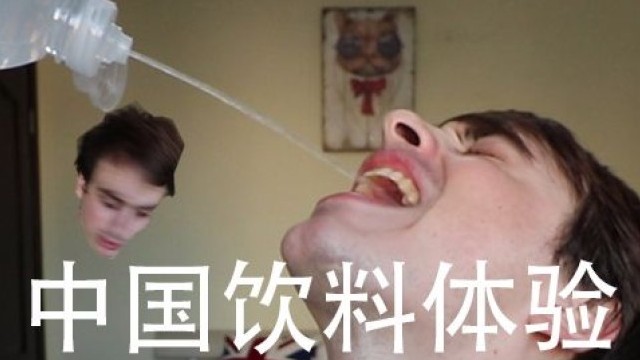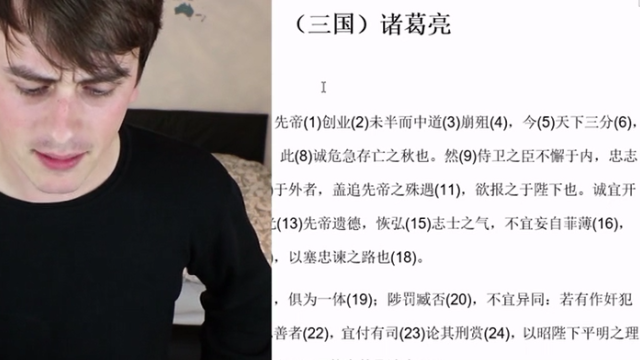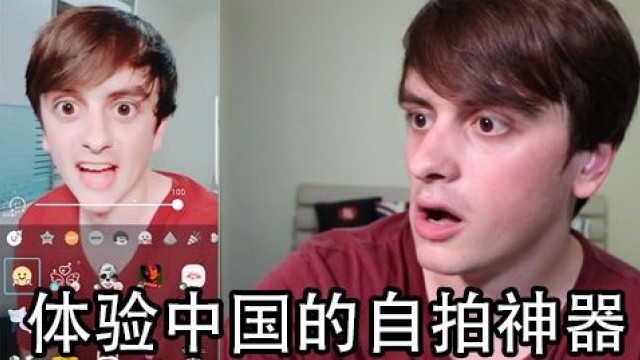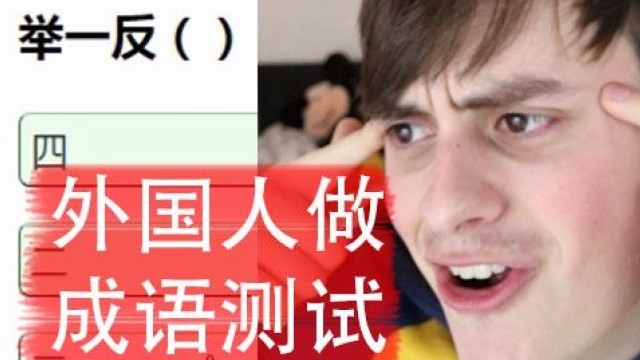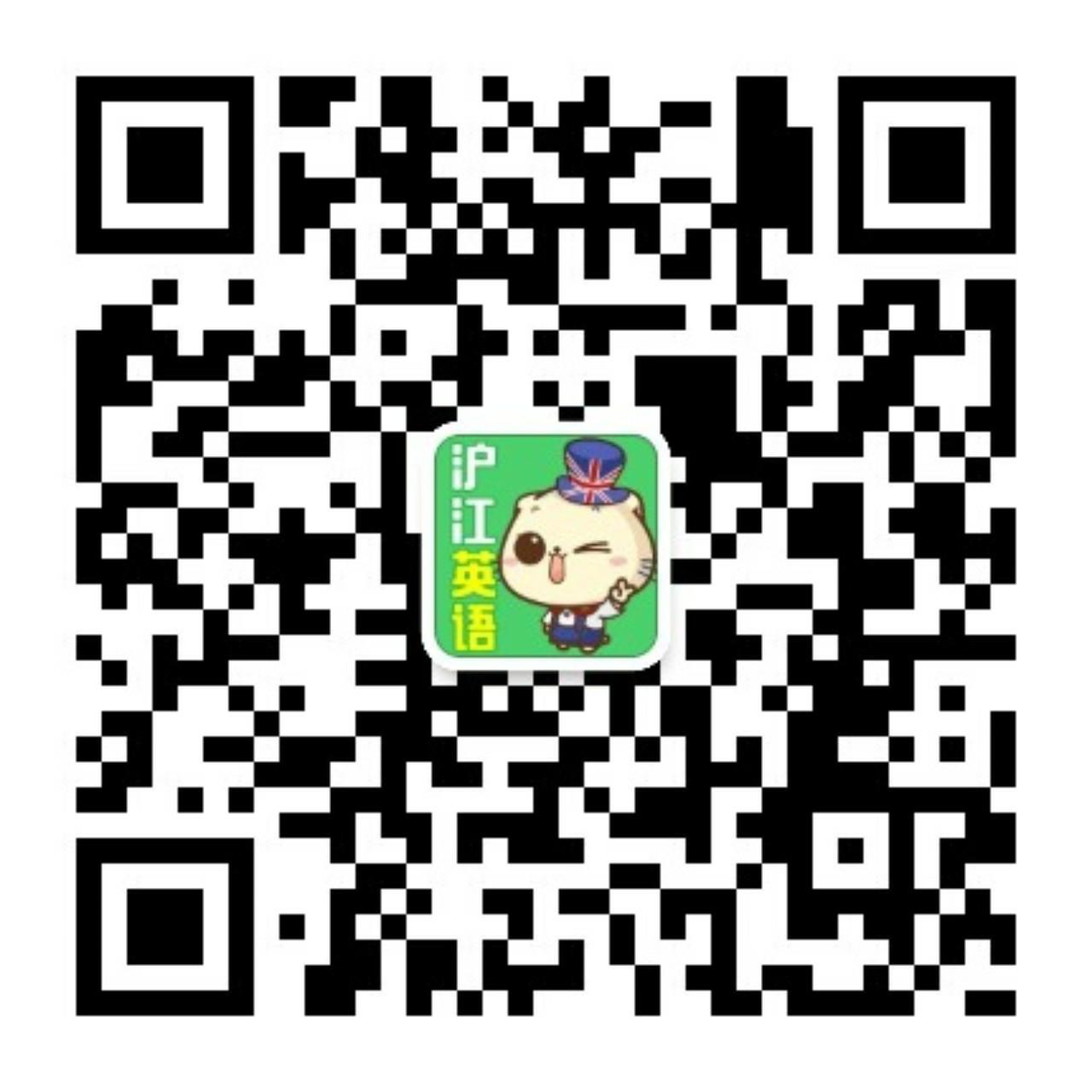復(fù)活節(jié)風(fēng)俗大揭秘(雙語組圖)
作者:sunny=曦 譯
2010-04-03 13:44
The Easter Egg
復(fù)活蛋
As with the Easter Bunny and the holiday itself, the Easter Egg predates the Christian holiday of Easter. The exchange of eggs in the springtime is a custom that was centuries old when Easter was first celebrated by Christians.
與復(fù)活兔和復(fù)活節(jié)一樣,復(fù)活蛋預(yù)示著圣誕節(jié)的即將到來。當(dāng)基督教徒慶祝第一個復(fù)活節(jié)后,人們開始春天互相交換復(fù)活蛋,而這已成為了人們好幾百年的習(xí)俗。
From the earliest times, the egg was a symbol of rebirth in most cultures. Eggs were often wrapped in gold leaf or, if you were a peasant, colored brightly by boiling them with the leaves or petals of certain flowers.
在早期,復(fù)活蛋許多文明中象征著"再生"。人們常常用金色的葉子包裹復(fù)活蛋,或是農(nóng)民的做法:將復(fù)活蛋畫得色彩斑斕,并把它和葉子或是真花瓣一起煮沸。
Today, children hunt colored eggs and place them in Easter baskets along with the modern version of real Easter eggs -- those made of plastic or chocolate candy.
在今天,孩子們到處搜刮復(fù)活蛋,并將這些蛋放到復(fù)活節(jié)籃子中。為什么呢?他們只是為了復(fù)活蛋的現(xiàn)代意義:復(fù)活蛋是由軟糖或巧克力做的。
- 相關(guān)熱點:
- 夏洛的網(wǎng)






